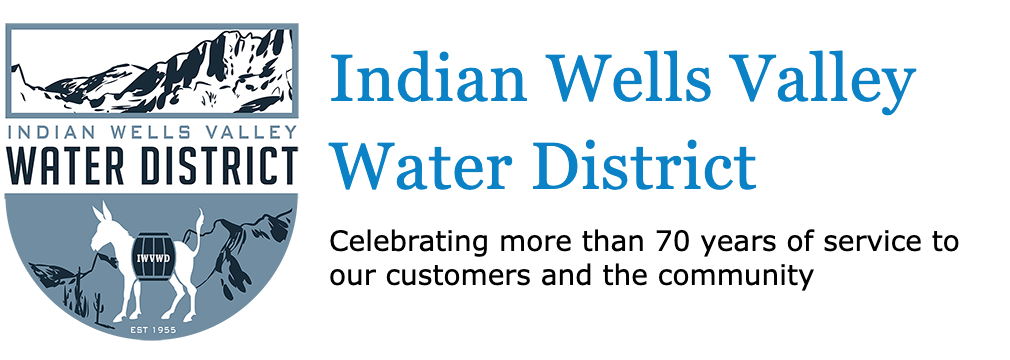FAQ | Water Quality
Occasionally, you may notice a difference in the taste, smell or appearance of your drinking water. These changes can come from a variety of sources and do not affect the safety of the drinking water. Among the most common causes are home plumbing and the chlorine used to treat water.
Below are answers to some frequently asked questions about the quality of your drinking water.
Is my water safe to drink?
Yes, our highly trained staff consistently monitor and test the drinking water for compliance with State and Federal drinking water standards. All the drinking water supplied by the District meets these strict standards. Occasional changes to the taste and odor can come from a variety of sources that do not affect the safety of the drinking water.
Why does my water taste differently sometimes?
Your drinking water taste could be affected by your home plumbing or the chlorine used to treat water. Different water supplies have different mineral composition and varying levels of hardness, which can affect taste.
Why does my water smell like rotten egg or sulfur?
A rotten egg or sulfur smell is usually caused by a dirty garbage disposal or organic matter in the drain, such as hair or soap. It can also be caused by a hot water heater not set to the proper temperature or by sewer gases entering the house through a dry p-trap. Cleaning the offending drain, flushing the hot water heater or running water in seldom-used sinks and tubs should eliminate the odor.
Why does my water smell/taste like chlorine?
Chlorine is used to neutralize pathogens like bacteria and parasites during treatment. A low level of chlorine remains to safeguard your water as it travels to your home. The Indian Wells Valley Water District monitors chlorine levels constantly.
Chlorine taste is less pronounced in chilled water, so put a pitcher in the refrigerator to help with the taste.
Why is my water cloudy?
A cloudy or milky look to water is usually caused by the presence of air bubbles. Air bubbles are harmless and do not affect the taste or odor of the water. To determine if your water has air bubbles, simply fill a glass and set it on the counter. The bubbles should rise to the top and cause the cloudiness to dissipate within a few minutes.
Why is my water occasionally brown or discolored?
Discolored water is usually caused by the presence of rust or sediment in pipes. This can occur when there are disturbances in the water distribution system, such as nearby fire hydrant use, a break in nearby water lines or system maintenance. Try clearing sediment by running the cold water tap nearest to the sidewalk until the water runs clear. If it does not clear in a few minutes, wait an hour and repeat.
How can I improve the taste of my water?
Put tap water in a pitcher and chill it for at least two hours to improve taste. Keep a chilled supply in your refrigerator so you always have a ready supply. You can also try adding a little lemon.
Where does my drinking water come from?
Our water supply comes from 11 wells that draw water from the Indian Wells Valley Aquifer. Water is pumped from these wells through transmission lines to 12 storage reservoirs with a storage capacity of 19 million gallons. From there, water is delivered by gravity through the distribution lines to the customers. Four wells are only used during the summer and have arsenic removed before being pumped into the distribution system.
Where can I learn more about the quality of my water?
We publish information about the quality of the drinking water each year in a document called a Consumer Confidence Report or Water Quality Report. You can read a copy of the latest report by clicking HERE.
To learn more about drinking water and water quality in general, you can visit the following sites:
- State of California Water Resources Control Board Division of Drinking Water at https://www.waterboards.ca.gov/drinking_water/programs/
- Environmental Protection Agency office of Ground Water and Drinking Water at https://www.epa.gov/ground-water-and-drinking-water
